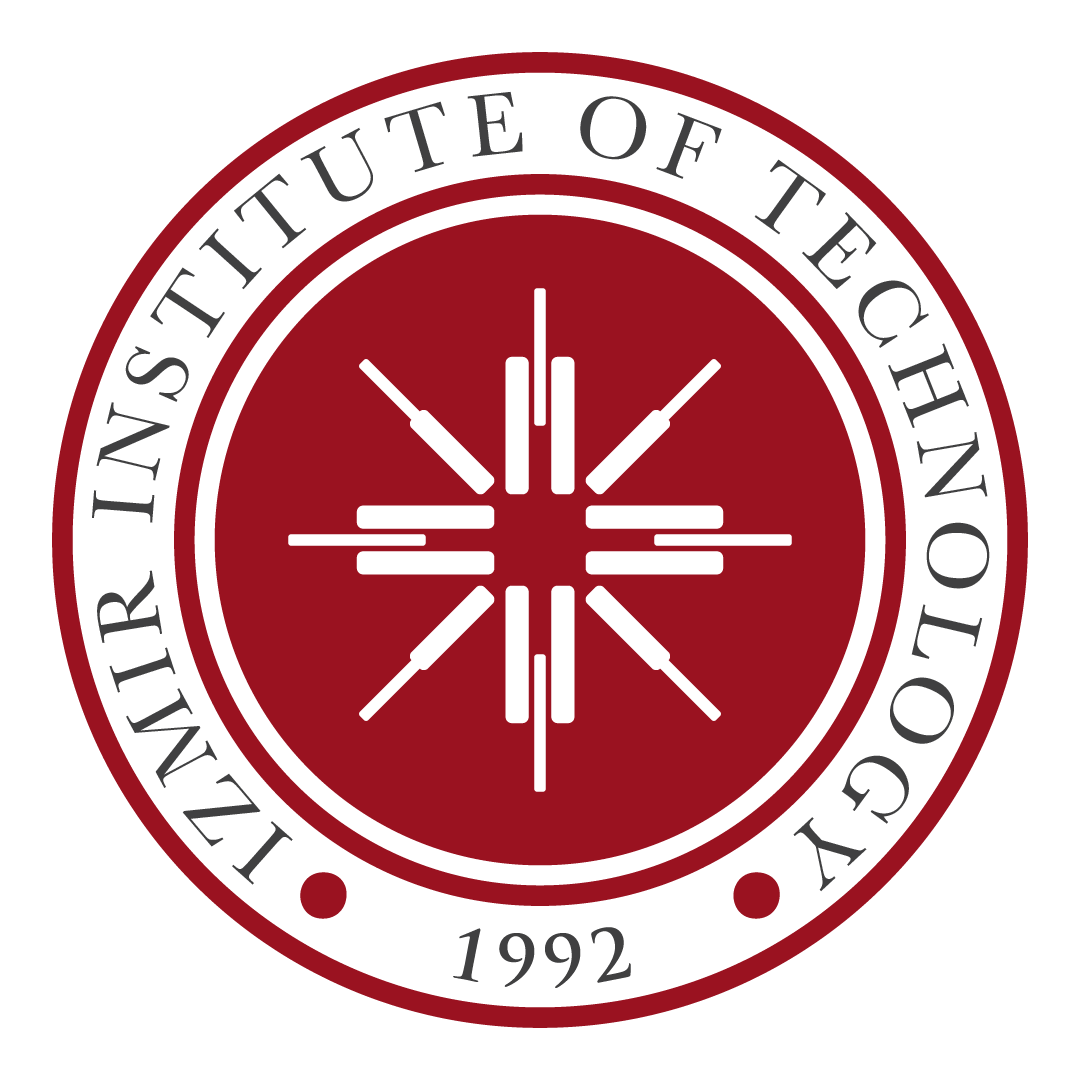SEDS 539
Deep Learning
This course covers methods for designing and training deep neural networks. The course content includes the historical evolution of neural networks, their fundamental working principles and image classification and object detection and recognition in images using convolutional neural networks.
| Week | Topics |
|---|---|
| 1 | History of artificial neural networks and introduction |
| 2-3 | Image classification with linear methods |
| 4 | Backpropagation |
| 5 | Training artificial neural networks I: data preprocessing, weight initialization and regularization, batch normalization and loss functions |
| 6 | Training artificial neural networks II: gradient checking, babysitting the training process, update methods, hyper-parameter optimization |
| 7-8 | Convolutional neural networks |
| 9 | Spatial localization and object detection with convolutional neural networks |
| 10 | Visualization and understanding of convolutional neural networks |
| 11 | Recurrent neural networks |
| 12 | Training convolutional networks in practice: data augmentation, transfer learning |
| 13 | Deep neural network coding frameworks |

